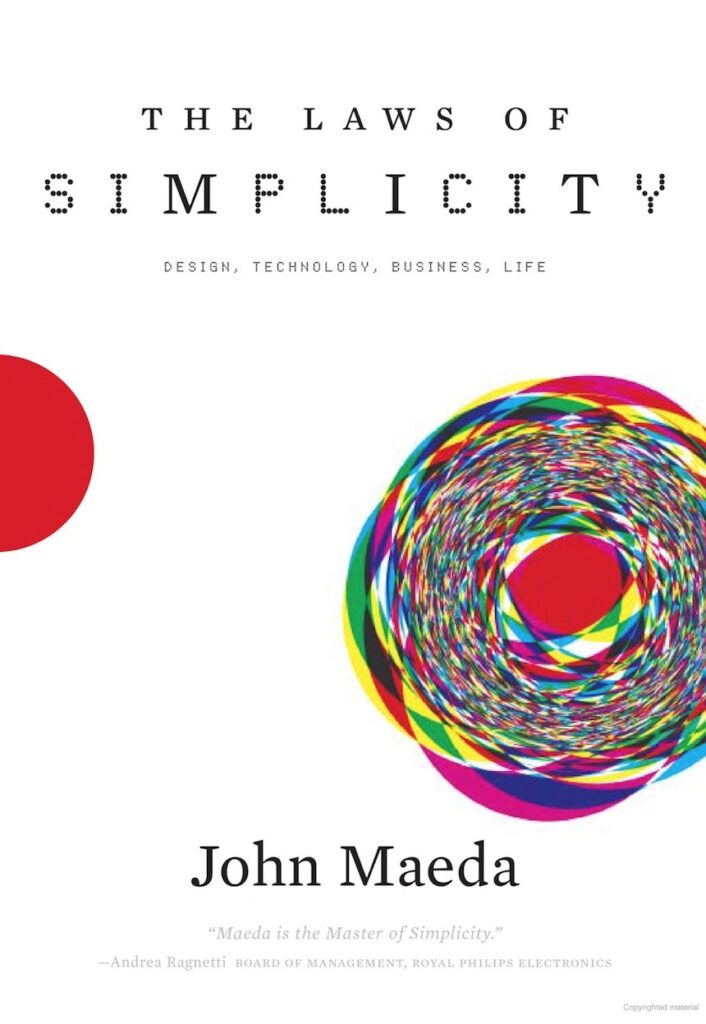How UX Designers Make Developers More Efficient
How UX Designers Make Developers More Efficient At my company, we have been developing web and mobile apps for almost 13 years. For the first 10 of those years our team was completely made up of developers: we did not have any UI or UX designers on our team. When we began our first project with our newly hired design director, we found something that we were not expecting, but very pleasantly surprised by. In addition to developers creating better-looking applications, they were also significantly more productive. This article will explore what we learned in that process and outline how…
